Marathi Matrimony
by iMarriagesmatrimony site for Marathi speakers.
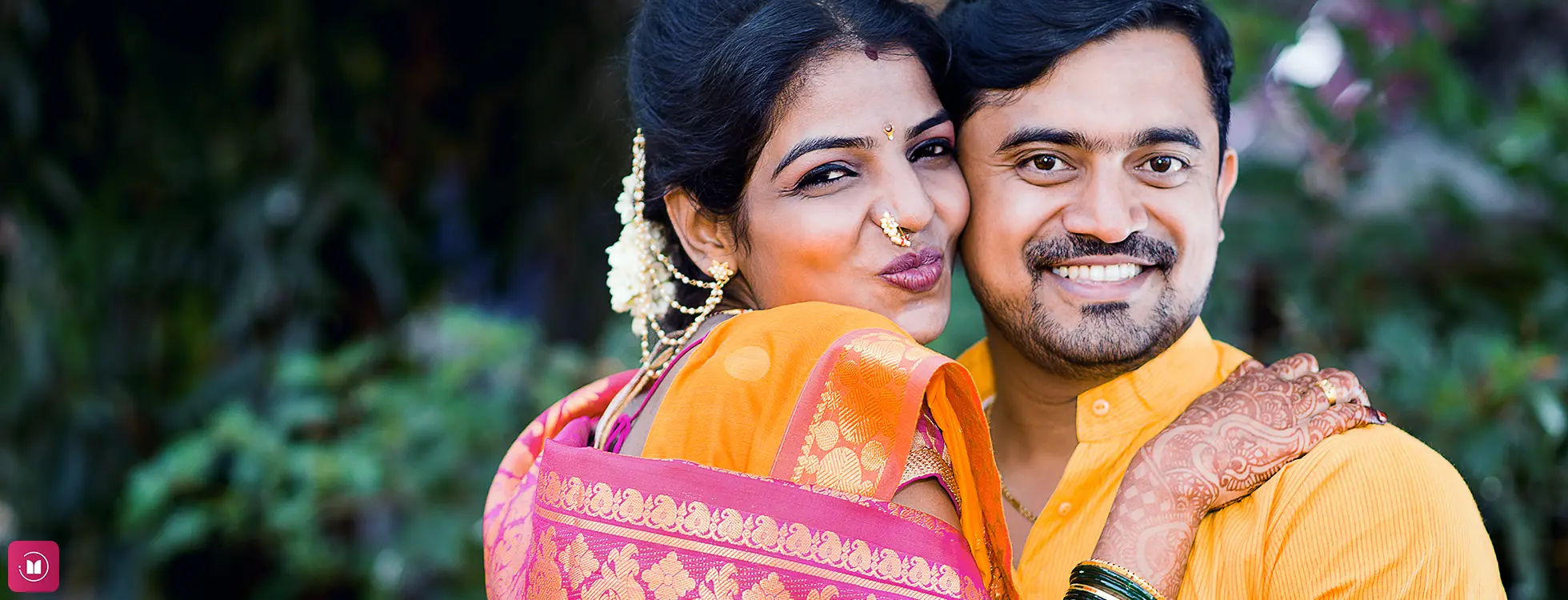

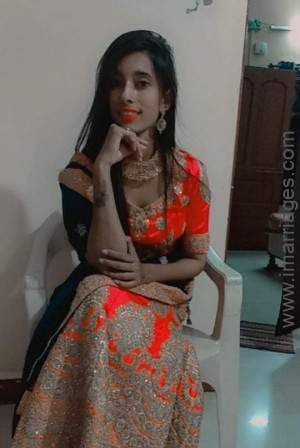
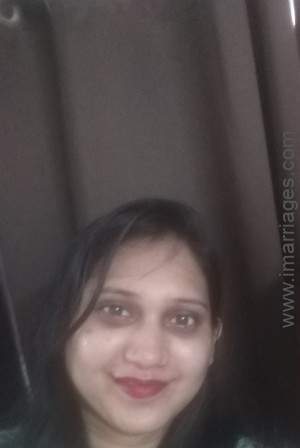
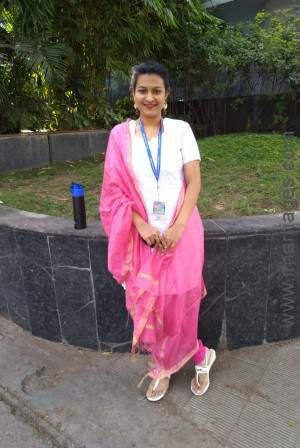
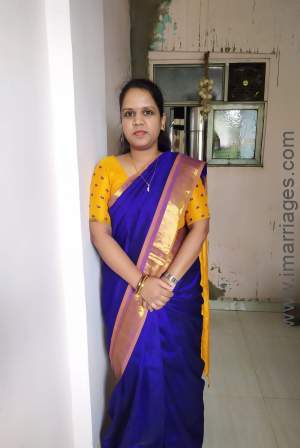
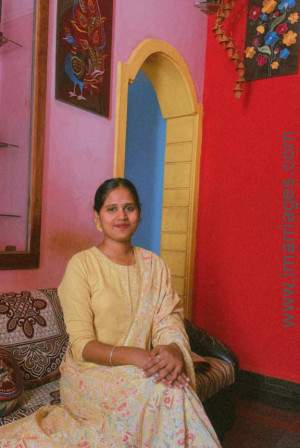
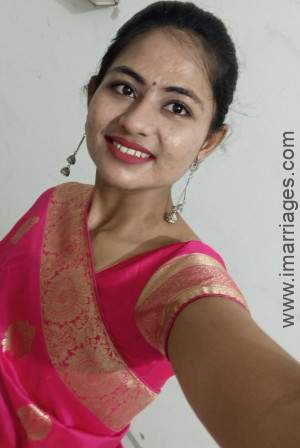
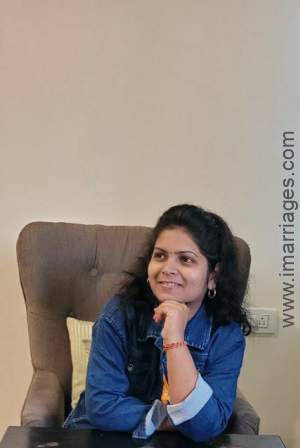
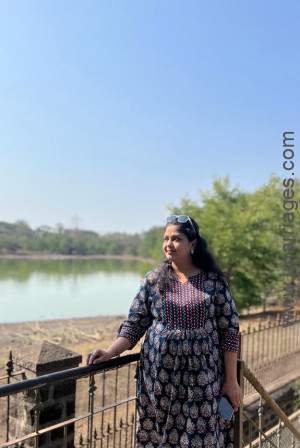
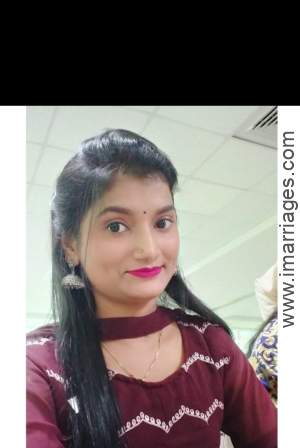
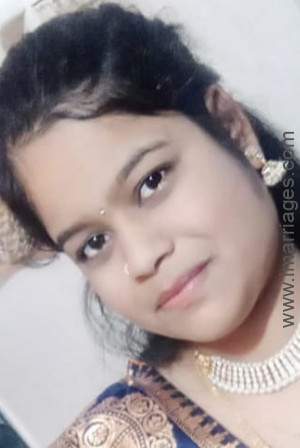
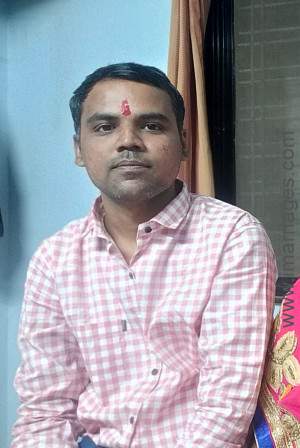
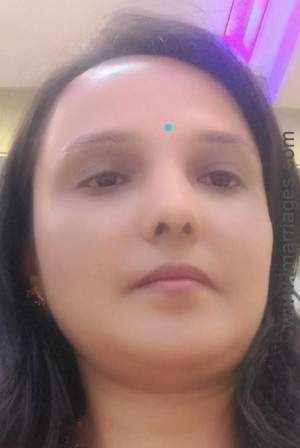
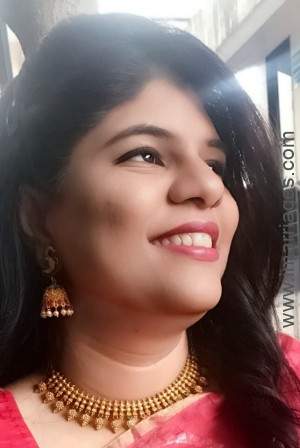
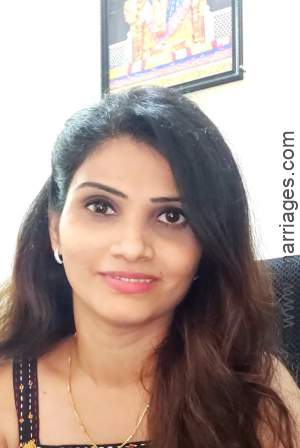
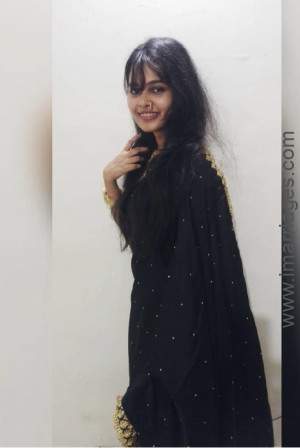
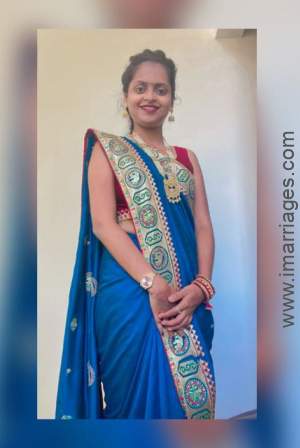
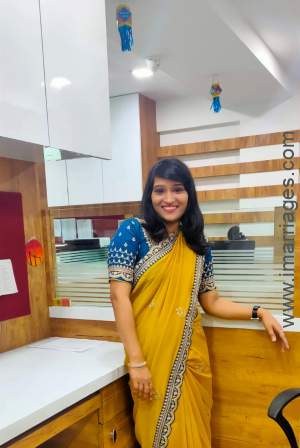
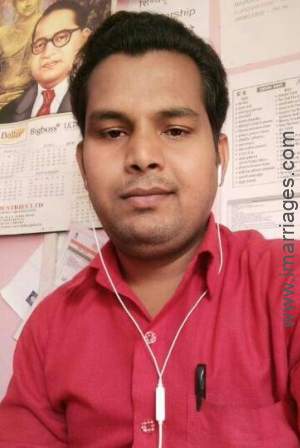

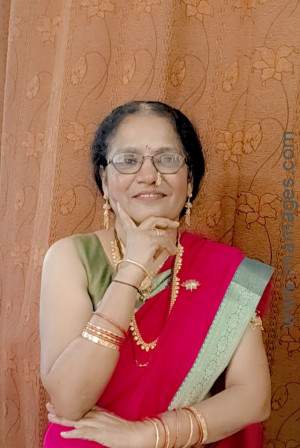
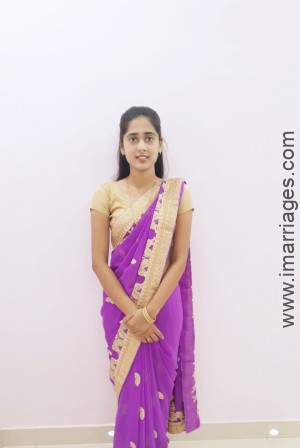

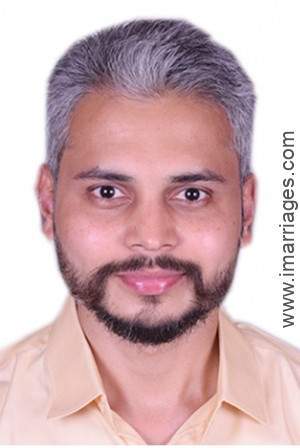
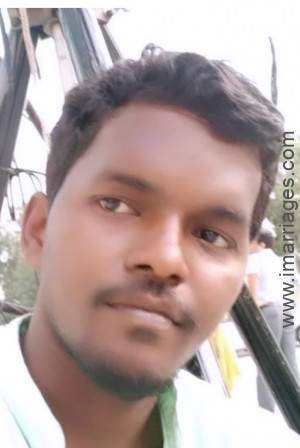
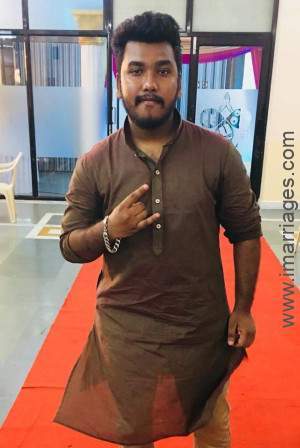

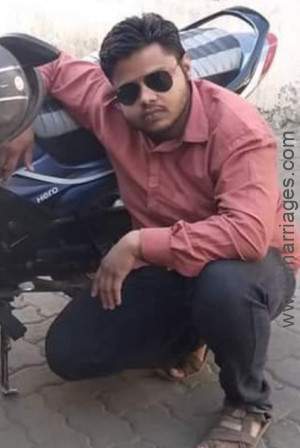

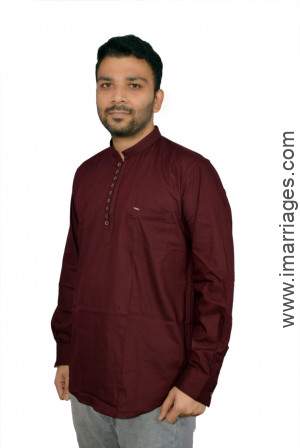
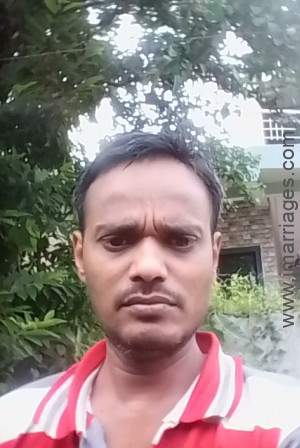


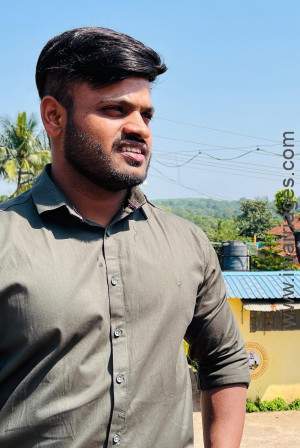
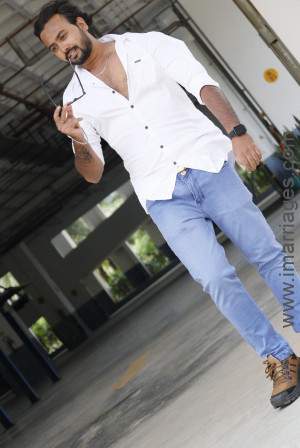

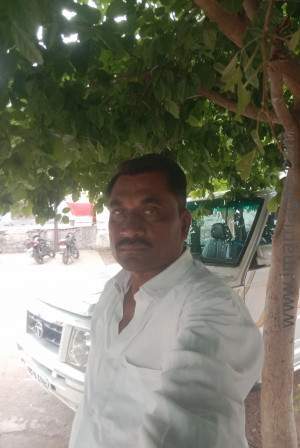
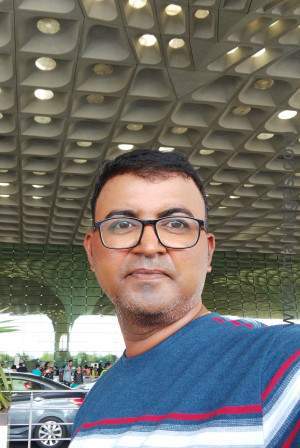

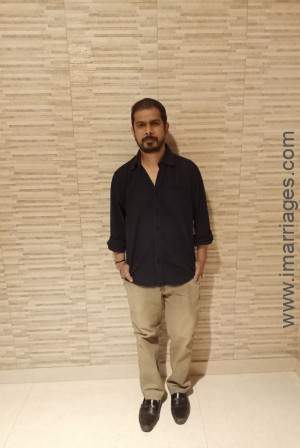
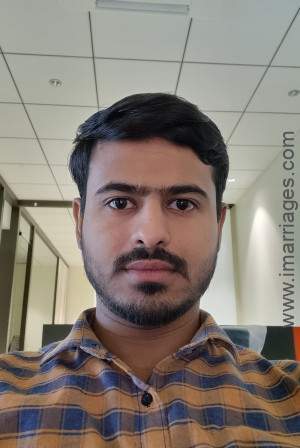
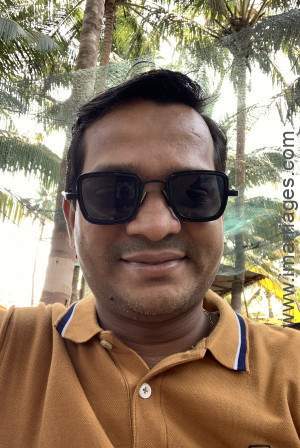

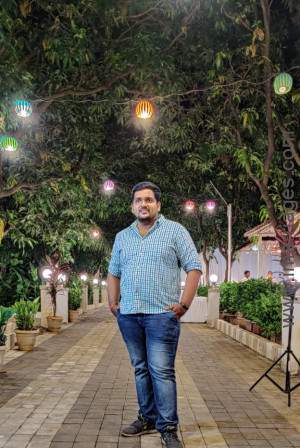


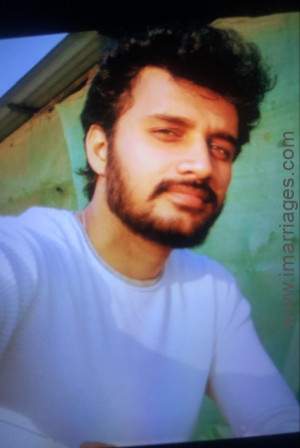


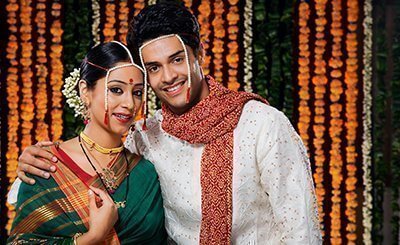
Welcome to Marathi Matrimony by iMarriages, a free matrimony portal for Marathi speakers with profiles in Maharashtra and elsewhere.
The simple and ethnic wedding attire,
Taking wedding vows around the fire,
The age-old customs and traditions,
are the witness of this coalition...
No fees. The iMarriages Marathi matrimony and matchmaking service charges no fees to send messages to your matches. Our instant messaging system is safe and easy to use.
Our service is free and simple to apply for. Simply click the register link at the top of the page and answer the fun and easy questionaire. The questionaire will automatically create your personalised matrimony profile. You can then chat and get to know your matches, complete for free.
Of course we are biased, but we believe iMarriages is the best value for money matrimony site in Maharashtra. The difference between iMarriages and all other sites is that we allow you to send personalised messages and communicate with your matches for free. We are the only safe and legitimate site that offers this.
iMarriages is the safest matrimony site in the world, and far safer than traditional methods such as placing ads in newspapers. All profiles on our portal have been manually screened by a human and every member is required to provide a contact phone number which is then verified. Additionally, we have developed our own sophisticated AI system that constantly monitors our portal, automatically responding to any suspicious behaviour.
Marathi matrimony takes place between a bride and groom who both speak Marathi as their first language. Marathi is the official language of Maharashtra and is one of the 23 official languages of India. With approximately 73 million speakers, Marathi is the fourth most spoken native language in India.
The earlier writings in Marathi appeared around the 11th century in the way of inscriptions on copper plates and stones.
The Marathi matrimonial ceremony is simple and filled with lots of age-old customs. The basic structure of wedding, pre-wedding and post-wedding functions are same in almost all the communities of Maharashtra with slight variations. Most marriage rituals take place during the day.
Sakhar Puda: It is a formal engagement ceremony which takes place at bride's house. The ritual's name was derived from the exchange of sugar packets, also known as sakhar, between both the families. During this ritual, the groom's mother applies tilak to bride and gifts her a saree along with a packet of sugar as a symbol of fixing alliance between both families. After this bride and groom exchange rings. The groom's family is gifted with a set of clothing and sugar packets by bride's mother and the ritual is completed after a traditional feast.
Muhurt Karane: During this ritual, the wedding date is formally announced and wedding preparations begin with five married women referred to as Suhasini in Marathi, crushing turmeric in an Iron pestle tied with mango leaves. This turmeric will be used in rituals that follow. Only after completion of this ceremony will shopping for the marriage begin. The bride's side often holds a Rukhvat ceremony, in which an exhibition of decorative and food items made by the bride is held.
Kelvan Puja: A couple of days prior to marriage, a puja for Kuldevta (local family deity) is held at both houses to seek the blessings of the happy married life of the couple. All the relatives and friends are requested to be present in this puja. A grand traditional meal marks the end of the Kelvan ceremony.
Hald Chadavane: Haldi (turmeric paste) is an integral part of marriage in almost all parts of the country. In Marathi matrimonial ceremony also, haldi is applied to both bride and groom. The same paste made on Muhurt Karane day is applied to groom first and then the left over is applied to the bride by same five Suhasini.
Ganpati Puja: This is the first ritual that takes place on the wedding day to seek blessings of Lord Ganesha for the happy and prosperous life of the couple. This is followed by the bride seeking blessings of all the elders of the family this ritual is known as Punyavachan.
The Simant Puja: The word simant means boundary in the local language. When the groom and his family arrive at the wedding venue, the bride's mother washes the groom's feet, applies tilak on his forehead, does his arti and feeds him with sweets. The ritual is named so as it takes place at the boundary of bride's house.
Gurihar Puja: After getting ready in her wedding attire, the bride worships goddess Parvati for her long and prosperous married life.
The Antarpat Ritual: When the groom arrives on the wedding mandap in traditional wedding attire a silk cloth is held in front of him preventing bride and groom to see each other. This cloth is known as the Antarpat.
The Sankalp Ritual: The bride is called to the wedding mandap she is escorted by her maternal uncles. The priest chants the Mangalashtakas, or holy wedding vows. The Antarpat is removed and the couple sees each other. They exchange the garlands and are showered with akshatas (unbroken rice).
The Kanyadan / Jhaal Phirawane Ritual: This a heartwarming ritual during which the father of the bride gives his daughter's hand to the groom. The groom accepts the bride as his responsibility. This is known as jhaal phirawane in Maharashtrian language. The bride's parents then perform worship of the couple considering them as avatars of Lord Vishnu and Goddess Lakshmi. The couple ties a piece of turmeric or halkund with a thread on each other's hands in a ritual is known as Kankan Bandhane. The groom then ties the mangalsutra around the bride's neck and applies vermillion on her center parting. The bride in return applies a sandalwood tilak on the groom's forehead.
The Satapadhi Ritual: The couple recites seven ritualistic wedding vows while performing pheras around the sacred fire.
The Karmasampati Ritual: This marks the end of all wedding ritual where the couple pray in front of the holy fire. The father or the brother of the bride playfully twists the groom's ear to remind him of his future duties. The couple then seeks blessings from all relatives present.
The Varat Ritual: The Varat is the procession that sees the bride off from her paternal home to her new home. After completion of the wedding rituals, the bride waves a tearful goodbye to her family. The groom must pick the silver idol of Devi Parvati during the Gaurihar Puja.
The Grihapravesh: this ritual signifies the welcome of the bride in her new home. The groom's mother embraces the new couple and washes their feet with milk and water. After this, the traditional aarti is performed and the bride is asked to enter the house by knocking down a pot of rice, kept at the entrance. The couple enters the house with their right foot.
The Reception: A Reception party is organized, wherein the newly married couple meets and greets all family and friends, while sumptuous food is served for the guests. The bride wears saree and Jewelry gifted to her from the groom's side while the groom dresses in attires presented by the bride's side. The Namkharan (change of bride's name) is also performed in presence of priest in some Maharashtrian communities at the time of reception.
Maratha community is found predominantly in the state of Maharashtra and nearby areas. Marathas are famed in the history as yeoman warriors and champions of Hinduism. They are known for their royal lifestyles. This royalty is also reflected in their wedding traditions. Maratha community matrimony is a true example of a royal celebration of a soulful event called marriage.
A typical Maratha wedding starts with 'Lagnaach Bedi' that means finding a suitable match, Var (Groom) or Vadhu (Bride) within the community. After finding any match the patrikas (horoscopes) of the boy and the girl are compared for 'Guna Milan' (matching the points of horoscope). The marriage alliance is approved by the priest only if 16 or more gunas from the horoscope of the boy and the girl matches.
After matching of horoscope a Baithak ceremony (a meeting between the elders of two families) is held. During this meeting, the parents and the close relatives discuss the various aspects of the wedding ceremony. After that, the family priest announces 'the Mahurat' (auspicious date and time) for the wedding before family members and relatives. Then starts a great celebration of life.
Sakhar Puda: This is a sort of a formal engagement. During this ceremony, several gifts, clothes, and jewelry are exchanged between both the families along with a packet of sugar (sakar). This packet of sugar symbolizes a pious beginning of the alliance.
Wang Nischay / Kelvan: During this ceremony, a pooja is performed in the honor of ancestral deities of both the families. All the relatives and family members of the bride and groom join this pooja. This ceremony concludes with a traditional feast.
Simant Puja: Simant means limits. Thus, during this ceremony, the groom and his guests are welcomed at the outer limits of the marriage venue. The bride's mother washes the groom's feet and puts kumkum tilak and akshata (turmeric stained rice) on his head, this is followed by an aarti and then she offers madhupak (a mixture of honey and curd) to the groom. The groom is then showered with gifts such as a trousseau like a suit, jewelry etc. Meanwhile, the groom's mother and female relatives go to the bride's place and give her clothes etc. This ritual concludes with a special lunch.
Halad Chadavane: This ritual is performed on the wedding eve. During this ritual five suvasinis (married ladies), apply turmeric paste on hands, feet, and forehead of the bride and the groom. This is done by dipping mango leaves in the turmeric paste. After this ceremony, the holy bath is given to the couple. In Maratha community leftover turmeric paste of the groom is applied to the bride which is known as Ushti Halad.
Chuda: Chuda is a bridal shower ceremony during which bride receives lots of gifts from her family and friends. In addition, during this ceremony amidst of song, dance, and gaiety, the bride is made to wear green glass bangle along with two gold bangles. This set of bangles is known as Chura.
Sankalp: At the dawn of the wedding day, the parents of the bride and the groom announce the marriage in their respective places in the presence of a priest.
Ganesh Puja: The Sankalp ceremony is followed by a pooja of Lord Ganesha, who is considered as the remover of all obstacles. His blessings are sought for the smooth conclusion of all the wedding functions. Lord Ganesha holds special significance for Maratha community.
Gowrihar Puja: Goddess Gouri is a considered as a supreme of marital bliss. Thus, the bride draped in a traditional yellow or green saree and half-moon painted on her forehead, worships Goddess Parvati, to seek her blessings. The bride continues to pray until she is called to the mandap.
Wedding Ceremony: At the arrival of the auspicious time of marriage, the bride is called to the mandap. Her maternal uncle escorts her to the mandap. A silk partition is placed between the bride and the groom, this ritual is called as the Antarpat ceremony. After chanting of mantras by the priest the antarpat is removed. This is followed by exchanging of garland between the couple.
Jhal Phirawne: This ritual is also known as Kanyadan. During the Jhal Phirwane ritual, the father gives his daughter's hand to the groom and hands over all her responsibilities to him.
Saptapadi: After Kanyadan the couple gets up to take seven rounds around the sacred fire. This symbolizes the seven vows of marriage. Following this, the groom ties the mangalsutra and applies sindoor on the forehead of the bride. In return, the bride applies a chandan tilak on the groom's forehead.
Laxmi Narayan Puja: At the conclusion of the marriage, the bride's family worships the bride and the groom as Goddess Lakshmi and Lord Narayan.
Varat: During this ceremony, the newlyweds move towards the groom's house. This is a very touching moment where the bride bids goodbye to her family to start her new life with her husband.
Grihapravesh: At the groom's house, the mother of the groom welcomes the couple at the threshold by washing their feet with milk and water followed by an Aarti. The bride then dismounts a pot filled with rice with her right foot.
Reception: This is the traditional wedding feast given in the honor of the newlywed. During a unique tradition among Maratha community the bride's name is changed after her wedding. This ceremony is held at the groom's house during the reception.
Suun Mukh Baghne: This ritual is to indicate that the groom's mother should consider her daughter-in-law as her own daughter. Thus, during this ritual, the groom's mother first looks at her daughter in law's face, and then she looks at her own face in the mirror. Thereafter, she combs her daughter-in-law's hair to treat her as a daughter.
Halad Utaravane: This ceremony is a reverse version of halad chadavane ceremony.This symbolizes that all the marriage functions are concluded and the couple is now free to go out.